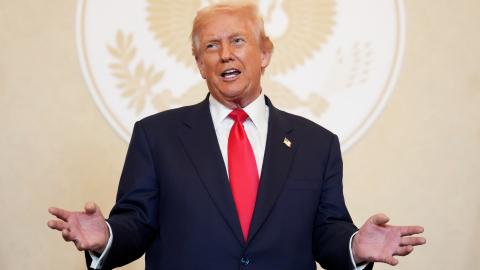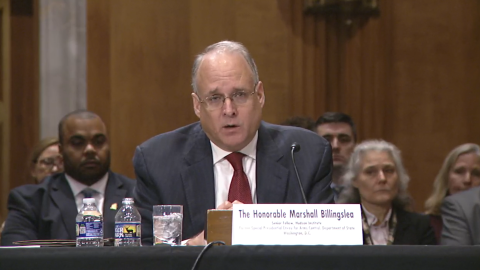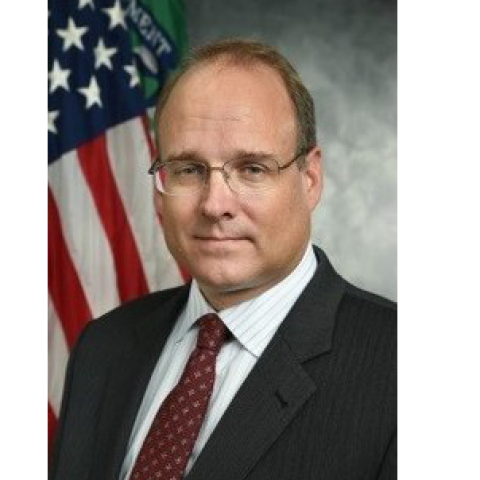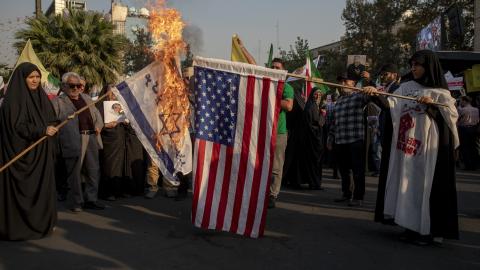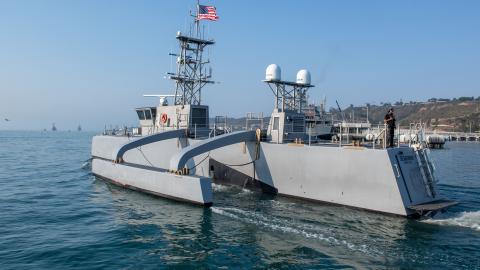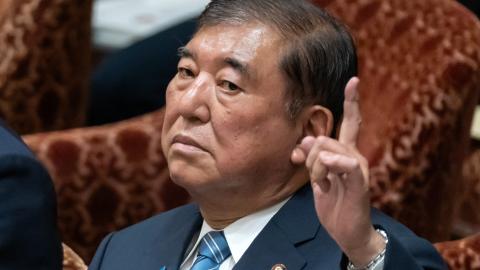Despite the ruling Liberal Democratic Party’s (LDP) recent losses in both the Upper House and the Lower House of the National Diet, it is possible that Shigeru Ishiba will continue as prime minister of Japan. Furthermore, under the current schedule, there is no plan to hold the election of both the Upper House and the Lower House of the National Diet over the next three years. This situation indicates the possibility that PM Ishiba will continue as the PM of Japan for the next three years. His foreign policy will decide Japan’s direction. Initially, the current foreign policy of Japan was written when Shinzo Abe was the prime minister. Whether Ishiba will seek to change Japan’s foreign policy is a question of great importance for the region and the world.
Engaging the World
What are the main differences between Abe and Ishiba in terms of the two leaders’ policies? The first and most important one is whether it is proactive or not. When we look at how many countries (or areas) Abe visited, it shows how active his foreign policy was. Abe visited 196 countries during his tenure as prime minister. Because he was prime minister for 106 months, he visited about 1.9 countries per month. Compared with Abe, Prime Minister Ishiba has not been active for the last 10 months. He visited only eight countries, or 0.8 countries per month.
The countries and regions they visited are also different. Prime minister Abe visited more than five countries in each region, including North America, Latin America, Europe, Africa, the Middle East, Central Asia, South Asia, Oceania, Southeast Asia, and Northeast Asia. In the case of Ishiba, he visited the US once, five countries in Southeast Asia, and two countries in Latin America.
Compared with other prime ministers, Prime Minister Ishiba’s foreign visits are a small number. Before Ishiba, Fumio Kishida was prime minister for 36 months. His foreign visits were also more active. He visited 58 countries, an average of 1.6 countries per month. He did not visit Central Asia. However, he visited all other regions, including North America, Latin America, Europe, Africa, the Middle East, South Asia, Oceania, Southeast Asia, and Northeast Asia.
Compared with both Abe and Kishida, Prime Minister Ishiba’s frequency of visits is less than half. The regions he visited are also limited. In June 2025, Ishiba planned to join the NATO summit as Abe and Kishida both had as prime ministers (In the case of Abe, he addressed in North Atlantic Council which is supreme decision-making body of NATO). However, in the end Ishiba canceled his participation. There is a high probability that this was an example of what could be described as Ishiba’s inactive diplomacy.
A Key Player in Regional Security
Will Japan’s presence decline in the diplomatic field? The answer could be “Yes.” However, there are also other signs to indicate that Japan will show a strong presence in the diplomatic field. First and most importantly, the strategic environment around Japan demands that Japan show a strong presence. The U.S. is particularly addressing strategic competition with China, and Japan is the frontline country to confront China. Therefore, the U.S. is urging Japan to raise its defense spending from 2% of GDP to 5% of GDP, like NATO countries. Japan also possesses strike capability and exports arms to build up the defense capability of countries around China in the region. If Japan possesses strong military power and supports other countries in building their defense capabilities, then Japan’s presence in the diplomatic field will be significant.
Secondly, because Japan is a consensus society, the influence of a leader is limited as one of the group members. Japan’s decision-making is slow because it seeks the consensus of all group members. However, once a consensus is reached, the move is long-term and swift because of that same consensus. The current Japanese strategy is focused primarily on the Indo-Pacific, as outlined in the QUAD originally written by former prime minister Abe; it is supported by a certain number of Japanese decision-makers, including politicians, bureaucrats, experts and so on. Therefore, most of the strategy written by Abe will continue for a long time. For example, the Japan Self-Defense Force (JSDF) conducted many joint exercises with other like-minded countries in the broader area of the Indo-Pacific region. This was the policy started when Abe was prime minister, but it is still expanding the areas of exercises and showing the continued presence of and involvement by Japan in matters of regional security.
Impact of the Right-Wing Opposition
The recent Upper House election also made it clear that Prime Minister Ishiba will have to cooperate with right-wing opposition parties who support Abe’s policies. In the Upper House election, two right-wing opposition parties (the National Democratic Party and the Sansei Party) increased their seats drastically. In the National Diet, Prime Minister Ishiba led the LDP, which lacks a majority and must cooperate with opposition parties. In this case, these two parties could be candidates. In Japan, the left-wing party supports “pacifism” that Japan must not intervene in any conflicts of other countries. Compared with these left-wing party supporters, right-wing supporters of these two parties are the younger generation who have embraced Abe’s active policy in the diplomatic field. Prime Minister Ishiba must respect their opinions.
Given all this, despite Prime Minister Ishiba’s less active diplomatic style, Japan itself is expected to continue to increase its footprint in the diplomatic field. Japan is the leading actor for security in the Indo-Pacific and will remain a strong supporter of Taiwan as tensions continue to grow in the Taiwan Strait and in this all-important region.
